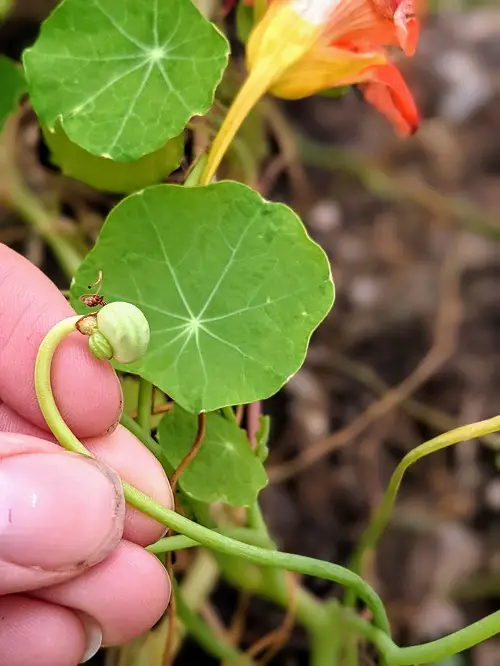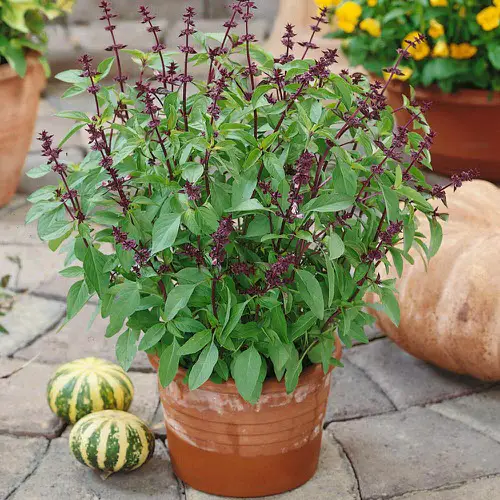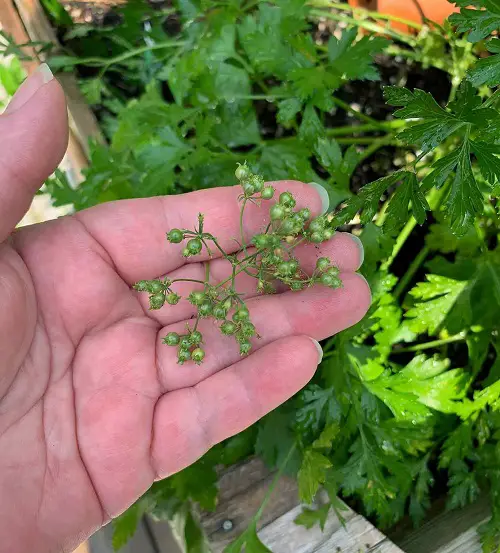Indoor Plants That Self Seed are great to create more specimens for free! Here are the must have options!
What if we told you that there are plants you can grow once, and then multiply for years to come with free seeds? Sounds tempting? Well, these options will put a smile on your face!
Check out Vegetables that Grow from Leaves
Indoor Plants that Self-Seed
1. Mother of Millions
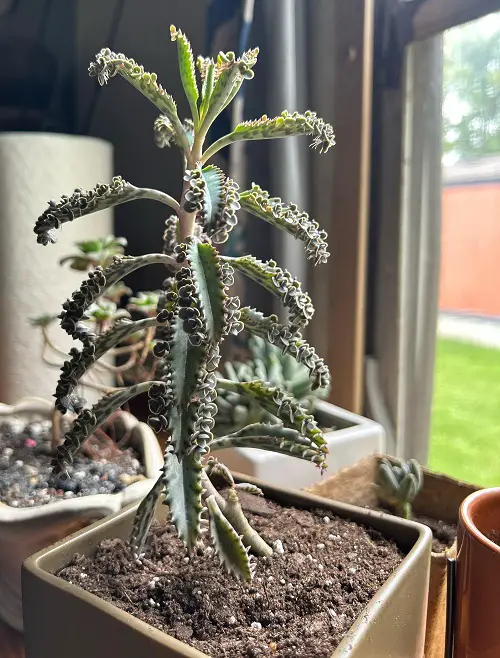
Botanical Name: Kalanchoe delagoensis
Before you jump off the chair thinking hey! This doesn’t “seed” at all, wait! We have included it because ultimately, you want free plants, right? So, this might not exactly self seed, but it will provide you plants by using a trick up its sleeve – vegetative reproduction.
The plant produces tiny pups/plantlets on the sides of the leaves. Snip them away and grow in separate pots. Simple!
2. Mother of Thousands
Botanical Name: Bryophyllum daigremontianum
This one’s the same as the plant above – it just grows in thousands rather than millions! Pun aside, it is a striking specimen, especially when it is full of tiny pups along the edges of the leaves.
You have to follow the same process – simply cut and grow these baby plants into a new pot. These might not be “Seeds,” but they surely serve the same purpose!
Trivia: Mother of Thousands has wider leaves, and its plantlets grow along the leaf edges, while Mother of Millions’ plantlets are at the tips and sides of its leaves.
3. String of Pearls

Botanical Name: Senecio rowleyanus
When it comes to the “seeding” part, this plant flowers and seeds after they get pollinated, but it is not that common. However, you have a way around it! See those tiny, pearl-like leaves that also look like “seeds”? Well, they are capable of sprouting roots themselves!
All you have to do is cut a few of them along with the stem part, put them on the soil surface, and cover them with a very thin layer of the growing medium. They will soon turn into new plants!
4. Boston Fern
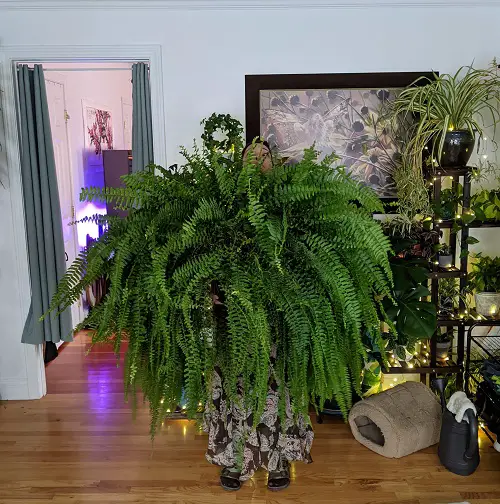
Botanical Name: Nephrolepis exaltata
These plants don’t grow flowers and you won’t see them seeding, too. However, you must have spotted tiny spores at the edges of the leaves, which are popular as fronds.
These spores are capable of germinating an entire plant by themselves. Simply, brush them on a white paper to see them clearly – now, sprinkle them over the growing medium and you are done.
You must not bury them in the soil. Also, cover the pot with a thin layer of plastic bag to create a humid environment to speed up the growth process.
5. Asparagus Fern
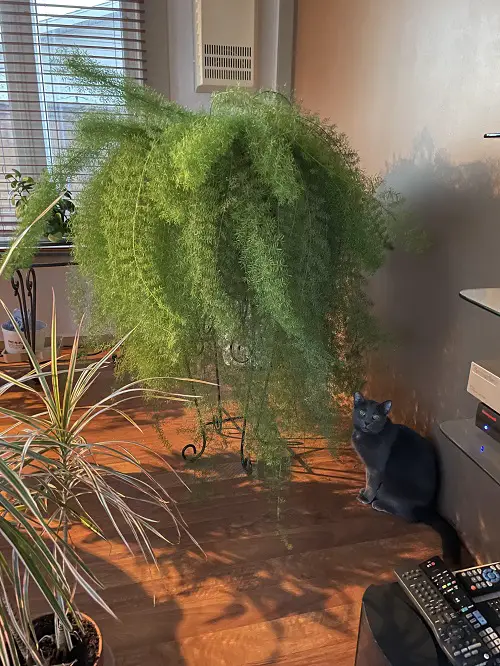
Botanical Name: Asparagus setaceus
This, being a fern like the one above, follows the same growing style – using spores to reproduce. As these are something you can use in lieu of seeds, this is a worthy contender to multiply the plant for free!
Do note that its growing process is the same as Boston Fern, above.
6. Nasturtium
Botanical Name: Tropaeolum majus
Now, here comes one of the proper indoor plants that self seeds, so you can be happy now, finally!
Once the plant has done flowering, wait till you notice the seeds appearing. That’s it! Collect, and sow them 1/2-1 inch deep in the soil, covering them with a thin layer of growing medium, and you are done!
Or, simply let them be. They’ll eventually fall into the pot and grow to become new plants!
7. Calendula
Botanical Name: Calendula officinalis
The next proper seeding contender is here! Once the plant flowers, wait till the blooms start to become brown and dry – once you spot that, gently crush the flower heads to collect seeds on white paper to see them clearly.
Then you can grow them in separate pots filled with a well-draining potting mix.
8. Basil
Botanical Name: Ocimum basilicum
Basil follows the same seeding pattern as the plant that we have mentioned above – flowering and then going full-blown to produce seeds.
Look for the fading blooms – after that, the herb will form small seed pods where the flowers were. Now, just gently shake the plant and it will disperse seeds on the floor. Collect and plant them. Simple, right?
9. Cilantro
Botanical Name: Coriandrum sativum
The best way to make these herbs seed is to provide them plenty of sunlight and warmth – this will make them flower better, which will then attract pollinators that will help them to seed.
The blooms will fade, indicating that the seeds are getting ready for you to plant! Simply crush them to get green and soft seeds, which you can plant in different pots.



